
Poor Mouse! A bear has settled in his favourite chair and that chair just isn’t big enough for two. Mouse tries all kinds of tactics to move the pesky Bear but nothing works and poor Mouse gives up. Once Mouse has gone, Bear gets up and walks home.
Catalog sorted by age group

Poor Mouse! A bear has settled in his favourite chair and that chair just isn’t big enough for two. Mouse tries all kinds of tactics to move the pesky Bear but nothing works and poor Mouse gives up. Once Mouse has gone, Bear gets up and walks home.
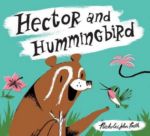
In the mountains of Peru, friends Hector the bear and Hummingbird the hummingbird spend most of their time together, doing the same things, and Hector has had just about enough of it–or has he? Includes a list of animals hidden in the illustrations.

With a loving mama, a trumpeting herd, curious cousins, and even some dancing peacocks heralding this little one’s arrival, it is apparent that the joy and wonder a new baby brings is shared by all!
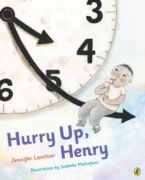
Henry’s mother and father and sister are always telling him to hurry up, and his best friend, Simon, never slows down. Henry doesn’t like to be late. But he doesn’t want to hurry, either. He likes to take his time and often sees things that his family miss in the rush. For Henry’s birthday, Simon arranges for a special present that lets Henry take the time he needs — with his whole family!
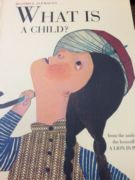
From the bestselling author of A Lion in Paris comes this beautifully illustrated celebration of what makes each child unique. Through bold and sensitively observed portraits and a thought-provoking text, Beatrice Alemagna inspires children, and adults reading with them, to consider their own identity. Destined to become a classic, What Is a Child? is a must-have for every school, library, and bedside table.
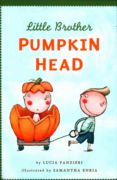
A boy has a little brother on the way. His mother is eating much pumpkin―pumpkin soup, pumpkin dumplings, pumpkin ravioli and pumpkin pie. At first the boy is happy to think that this pumpkin diet will give his new baby brother red hair, which the boy is very fond of. Then the boy has a nightmare where his brother has a pumpkin head with nothing inside but seeds and pulp!

The Liszts make lists. They make lists most usual and lists most unusual. They make lists in winter, spring, summer and fall. They make lists every day except Sundays, which are listless. Mama Liszt, Papa Liszt, Winifred, Edward, Frederick and Grandpa make lists all day long. So does their cat. Then one day a visitor arrives. He’s not on anyone’s list. Will the Liszts be able to make room on their lists for this new visitor? How will they handle something unexpected arising? Kyo Maclear’s quirky, whimsical story, perfectly brought to life with the witty, stylish illustrations of Júlia Sardà, is a humorous and poignant celebration of spontaneity.
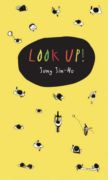
When a girl in a wheelchair calls to people far below to look up and see her, one finds a way to brighten her day.

Leslie is new to the Arctic, and no one told her there would be so much snow, and so many interesting animals to see. Along with her new friend, Oolipika, Leslie soon discovers one of the Arctic’s most unique and breathtaking natural wonders, the northern lights. Having never seen such lights before, Leslie is understandably shocked by them. Oolipika, on the other hand, knows that the ancient lights are more than just colors and that the mischievous, playful spirits that the northern lights hold can be dangerous. This contemporary narrative introduces young readers to an Inuit legend about the northern lights, followed by an epilogue that explains the science behind this amazing phenomenon.

Lemurs follow the leader into—and out of—trouble in this simple, engaging picture book that children will love playing along with!